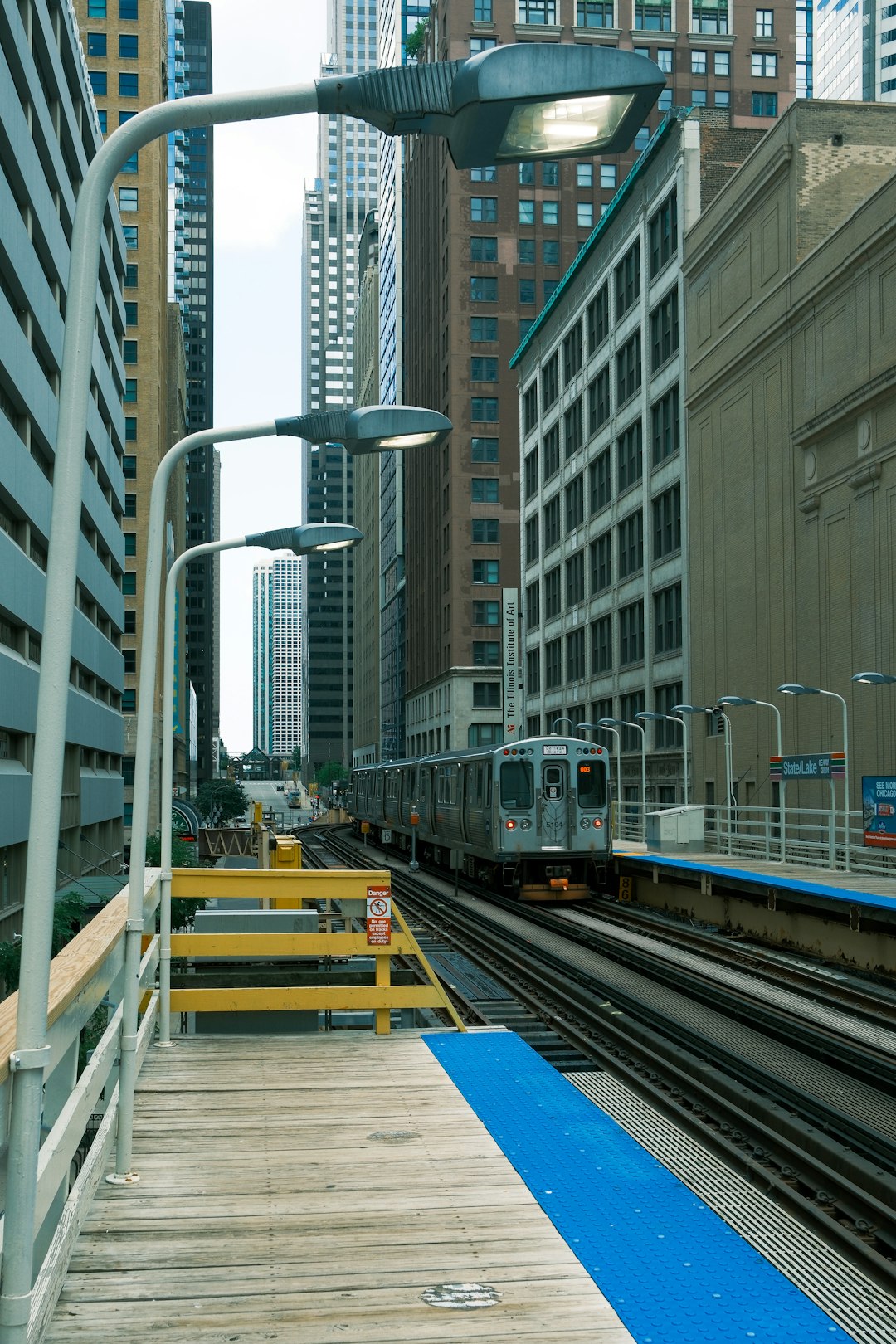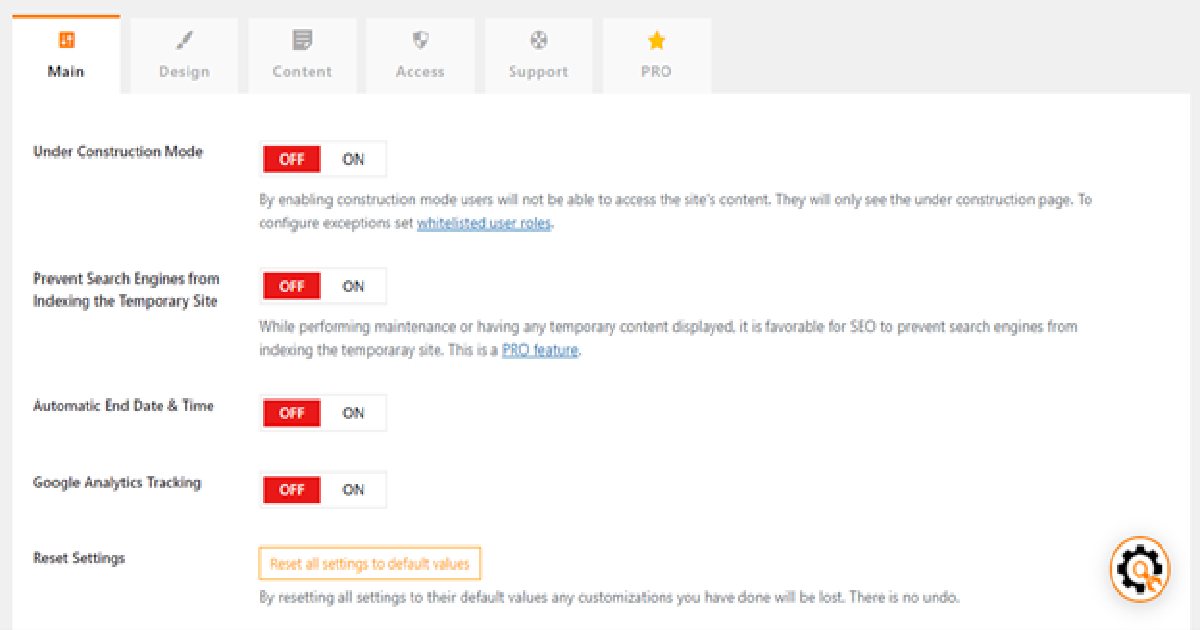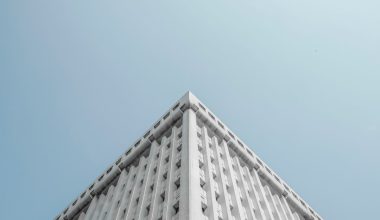Imagine your city is growing fast. More people are moving in. That means more cars, more buses, more bikes, and more walking too. So what happens when the roads get crowded? That’s where infrastructure planning steps in like a superhero!
One fun example of infrastructure planning is building a new light rail transit system. Let’s walk through it!
What’s a Light Rail Transit System?
A light rail is like a speedy train but designed for city travel. It runs on tracks, usually above ground or sometimes even below. It’s quieter than buses and faster than traffic.
Why build one? Because it helps people get around quickly without adding more cars to the road. It’s green, clean, and cool!
Step-by-Step: Planning a Light Rail
Planning a new light rail takes time and teamwork. Here’s what it usually looks like:
- Step 1: Identify the Problem
Maybe downtown traffic is terrible. Or buses are always full. Planners look at current problems and future growth. - Step 2: Study the Area
Experts do surveys. They collect data on how many people live in different neighborhoods, where they work, and where they travel. - Step 3: Talk to the Public
People who live in the city get to share their opinions! Town halls and meetings are held. Everyone has a voice. - Step 4: Choose the Route
Planners decide the best places for stops. They look for busy areas and important spots like schools, hospitals, and shopping areas. - Step 5: Design Everything
Engineers and architects jump in. They design stations, tracks, bridges, and tunnels. - Step 6: Get the Money
These projects aren’t cheap! Funding comes from city budgets, state money, and sometimes even the federal government. - Step 7: Build It!
Construction begins. There are big machines, workers in safety vests, and lots of excitement!

Real-Life Example: The Seattle Link Light Rail
Seattle, Washington is a great example. Their light rail system started with a plan back in the 1990s! Today, it stretches from the airport all the way into the city and beyond. And it’s still growing!
Thanks to careful planning, people can get to work faster. They can skip the traffic jams. And carbon emissions are lower because fewer people drive.
The Magic of Good Planning
What makes a project like this successful?
- Smart location choices – Put the rail where people actually need it.
- Thinking ahead – Make sure it works now and in the future.
- Listening to the community – Happy people make better cities.

Why It’s Cool for Everyone
Even if you don’t ride the train, you get benefits!
- Less traffic for your car.
- Cleaner air to breathe.
- More fun city spaces since stations can include shops and parks.
And if you’re a student, it makes it easier to get to school. If you’re a worker, you can skip the stress of morning traffic. If you’re an adventurer, you can explore more places for less money!
Conclusion
Infrastructure planning is like putting together a giant puzzle for a better future. From public transport to safe roads and clean water, it affects all our lives.
So the next time you see construction or a new transit map in your city, remember the big team of planners who made it happen. They thought of you, your family, and your city’s future!





